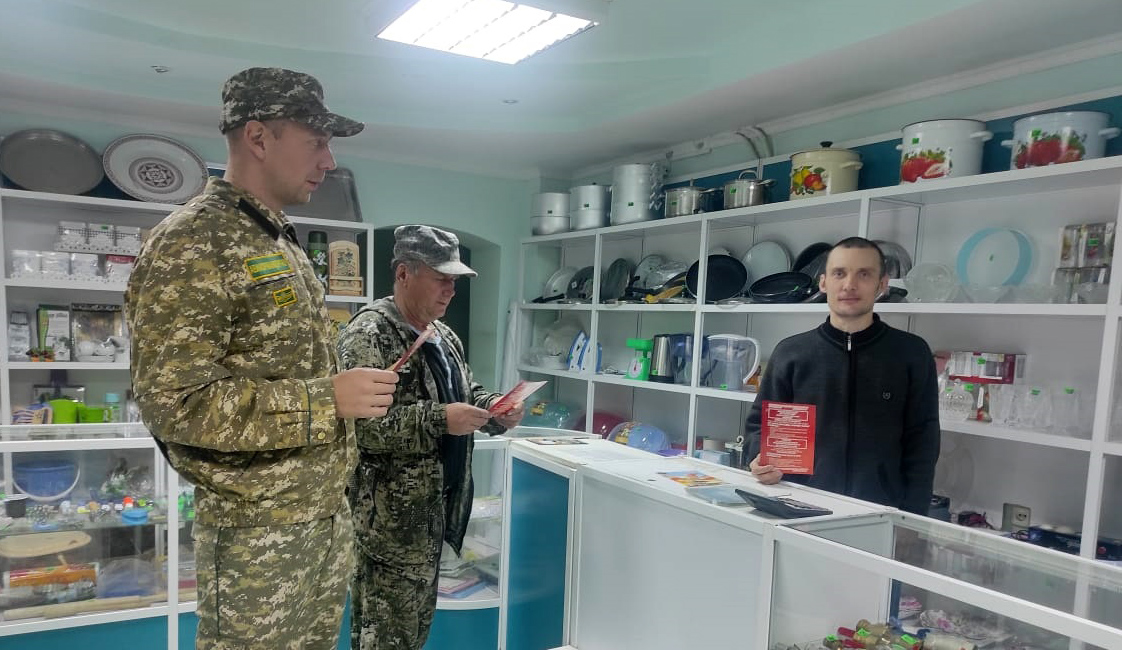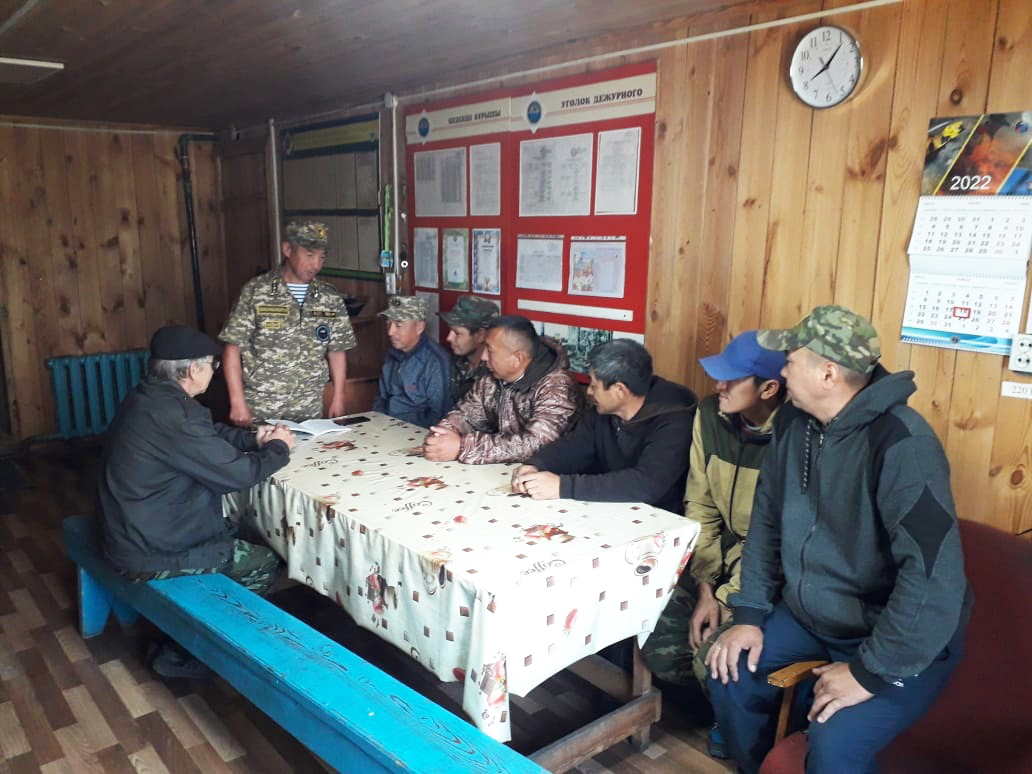 On August 18 and 19, 2022, as part of the completion of training under the program "Initial training of paratroopers-firefighters" of the Federal State Institution "Avialesoohrana", ground and air training of airborne fire teams of the Ust-Kamenogorsk, Katon-Karagai, Ridder and Pavlodar aviation departments took place.
On August 18 and 19, 2022, as part of the completion of training under the program "Initial training of paratroopers-firefighters" of the Federal State Institution "Avialesoohrana", ground and air training of airborne fire teams of the Ust-Kamenogorsk, Katon-Karagai, Ridder and Pavlodar aviation departments took place.
At the first stage of training, the personnel underwent ground training on the basis of a special simulator tower, with the aim of thorough and comprehensive training on the ground, working out all the elements of the descent, studying various techniques and training in their implementation.
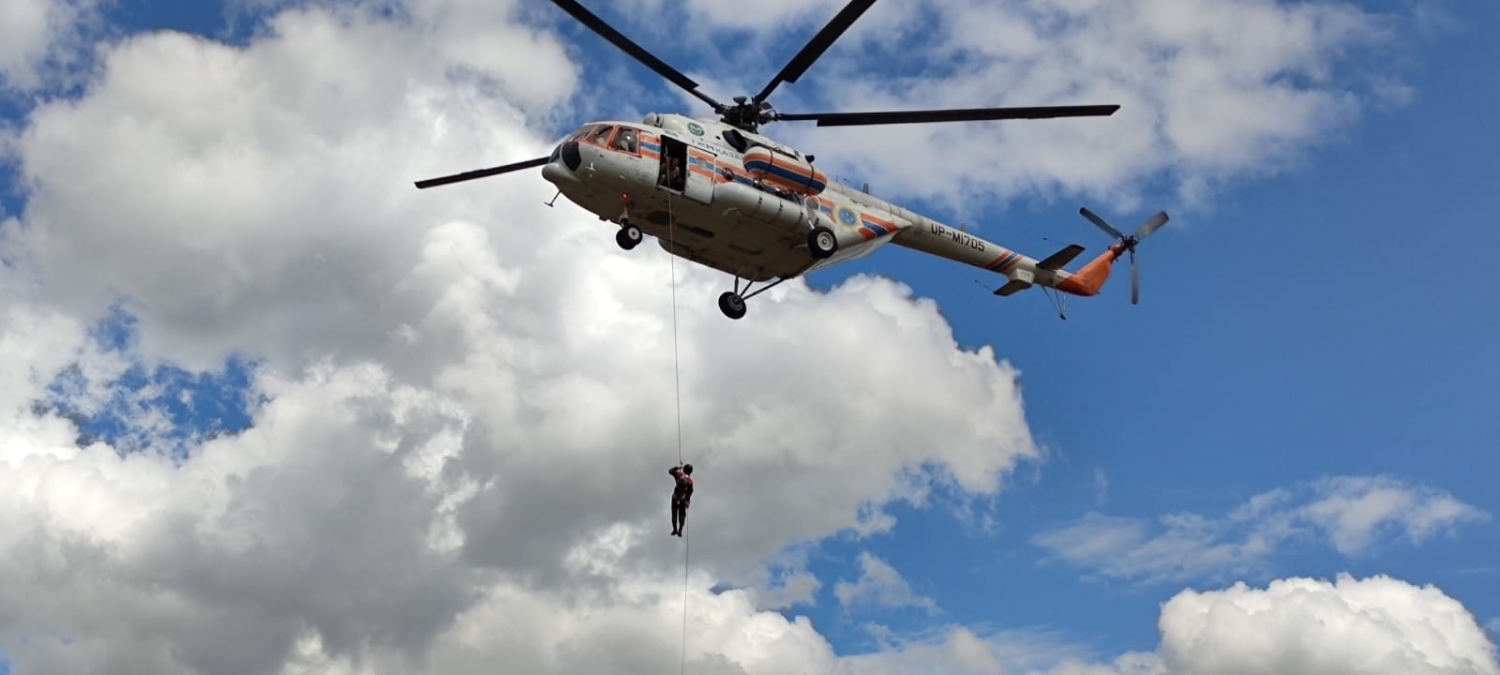 At the second stage of training, firefighters performed descents from the Mi-8 helicopter to the ground using special descenders (SUR) and KS-K / 2. Descents were carried out from a height of 10, 20, 30 and 40 meters. From such a height, firefighters have to work directly when extinguishing forest fires.
At the second stage of training, firefighters performed descents from the Mi-8 helicopter to the ground using special descenders (SUR) and KS-K / 2. Descents were carried out from a height of 10, 20, 30 and 40 meters. From such a height, firefighters have to work directly when extinguishing forest fires.
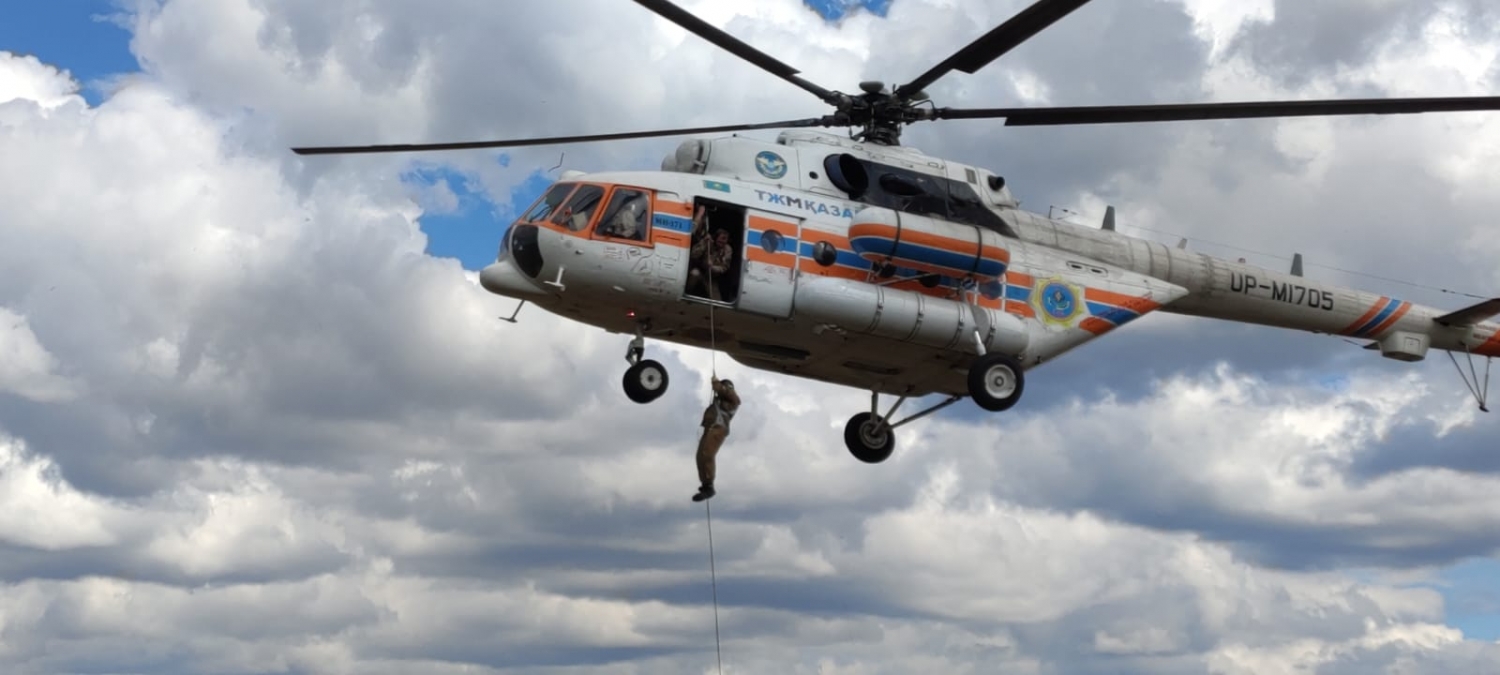 The helicopter can get as close to the ground as the treetops allow.
The helicopter can get as close to the ground as the treetops allow.
DESCENT DEVICE - a device that allows people and cargo to be lowered to work sites from a helicopter hovering over a forest canopy or other natural object where a helicopter landing is impossible.
The first drum-type forest fire descent device (SUB) for delivering people and fire-fighting cargo to forest fires in order to extinguish them was developed by the production and technical laboratory of the Central Aviation Forest Protection Base. The first descents from the Mi-4 helicopter were carried out in 1956.
Later, in connection with the use of Mi-8 helicopters by aviation forest protection, a roller-type trigger device (RSD) was developed and introduced in 1979. It allows autonomous descent from a helicopter of a firefighter paratrooper or cargo weighing up to 100 kg at a speed of up to 3 m/s.
 It should be noted that it is not always possible to get to the area of an active forest fire by ground transport, and when delivering forces and means by aviation, it is not always possible to select a site for a safe landing. In such cases, a decision is made to land troops in the fire area using a helicopter. The pilot-observer from the air selects a site suitable for the descent of paratroopers-firefighters, not less than 5x5 meters in size between the crowns of trees.
It should be noted that it is not always possible to get to the area of an active forest fire by ground transport, and when delivering forces and means by aviation, it is not always possible to select a site for a safe landing. In such cases, a decision is made to land troops in the fire area using a helicopter. The pilot-observer from the air selects a site suitable for the descent of paratroopers-firefighters, not less than 5x5 meters in size between the crowns of trees.
When deciding to perform descents and choosing a place for descent, the issuer asks the helicopter commander "Let me prepare for the descent." Having received the answer "I allow", he gives the command to the paratroopers-firefighters "Prepare for descents" and puts on a safety belt or safety harness. A lanyard or cable carabiner is attached to the power unit in the helicopter. The helicopter hovers over this “well” at a height of at least 10 meters above the treetops (while the height to the ground should not exceed 45 meters).
The pilot-observer opens the door and drops a particularly strong (900 kg to break) 50-meter cord, along which firefighters descend directly from the helicopter to the ground with the help of a descender roller device.
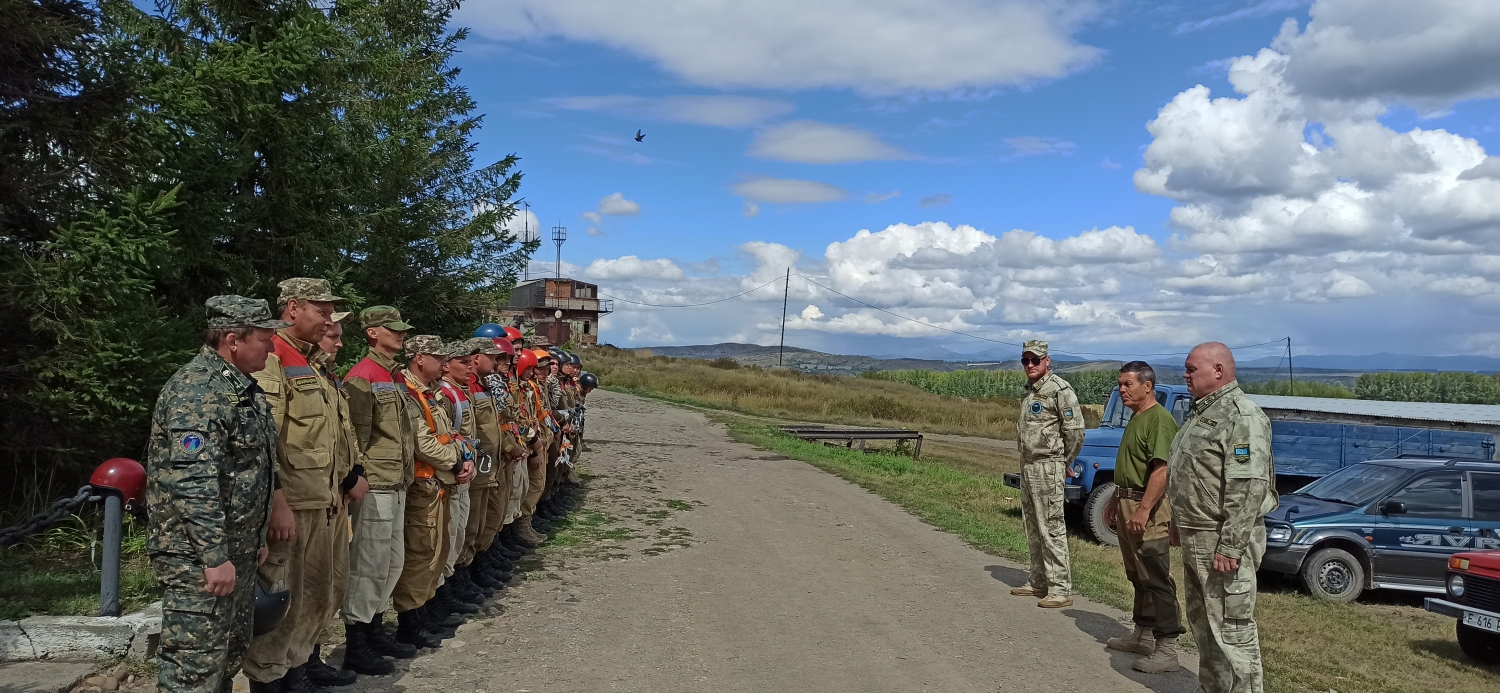 If the bay of the cord has blossomed and reached the ground, the launcher reports to the helicopter commander via the STC: "the bay has been dropped, dissolved to the ground, allow the first to descend" and, having received the answer: "I allow", gives the command to the first: "to descend."
If the bay of the cord has blossomed and reached the ground, the launcher reports to the helicopter commander via the STC: "the bay has been dropped, dissolved to the ground, allow the first to descend" and, having received the answer: "I allow", gives the command to the first: "to descend."
The first to go down is the senior of the group, who, having gone down, is obliged to insure the next descending paratroopers.
After the descent of the first paratrooper-fireman, the releaser reports to the commander of the helicopter on the STC: "The first one has landed, allow the descent of the second one." Having received permission, the second paratrooper-fireman descends, the descent is carried out similarly to the first.
After the end of the descent of the paratroopers-firefighters, the issuer unhooks the carabiner of the cord from the earring and drops the cord down. The issuer reports to the helicopter commander on the STC: "The descents are completed, the cord is dropped, the door is closed."
During the training, the interaction of the helicopter commander, the pilot-observer and firefighters, the speed of descent (average - three meters per second), the correct landing and much more are monitored. The acquired skills will make it possible to put out forest fires in hard-to-reach areas, coming to the aid of the forest from the air.
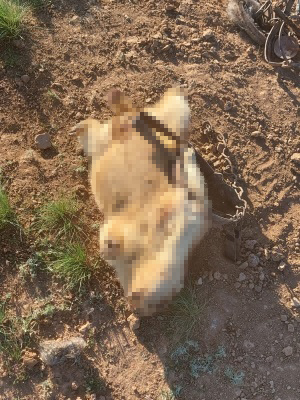 On August 22, 2022, specialists of the Akmola aviation branch of the Kazavialesoohrana RSE, together with a representative of the environmental police of the Akkol district, inspector N.G. Dyachenko, carried out joint overflights of the protected area in order to monitor compliance with the rules of nature management and identify violations of environmental legislation. During the air patrol, the fact of violation of hunting rules was revealed, an administrative protocol was drawn up under Article 382 part 1 (violation of the requirement to use wildlife and hunting rules).
On August 22, 2022, specialists of the Akmola aviation branch of the Kazavialesoohrana RSE, together with a representative of the environmental police of the Akkol district, inspector N.G. Dyachenko, carried out joint overflights of the protected area in order to monitor compliance with the rules of nature management and identify violations of environmental legislation. During the air patrol, the fact of violation of hunting rules was revealed, an administrative protocol was drawn up under Article 382 part 1 (violation of the requirement to use wildlife and hunting rules).